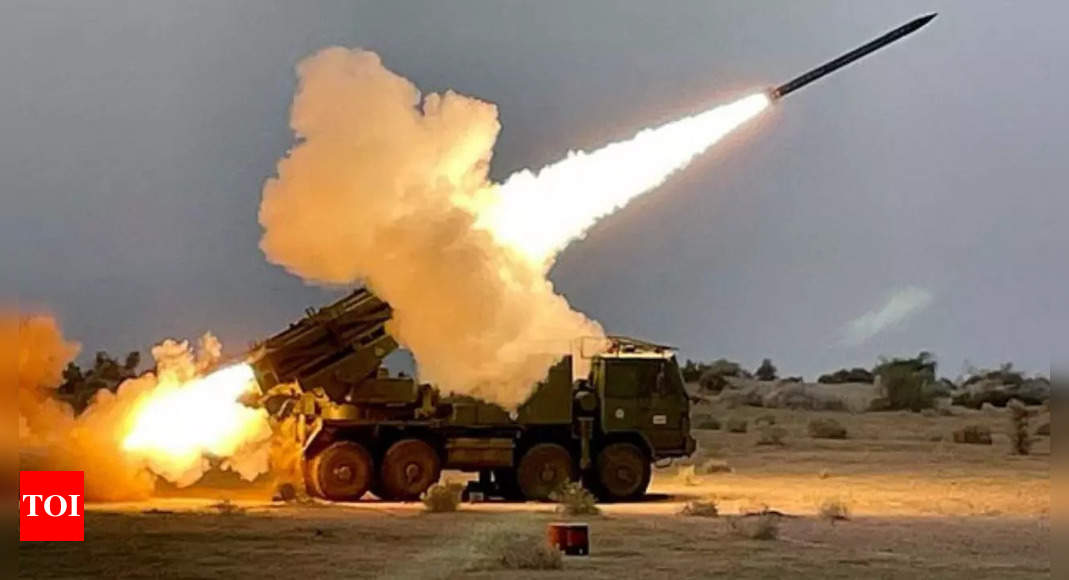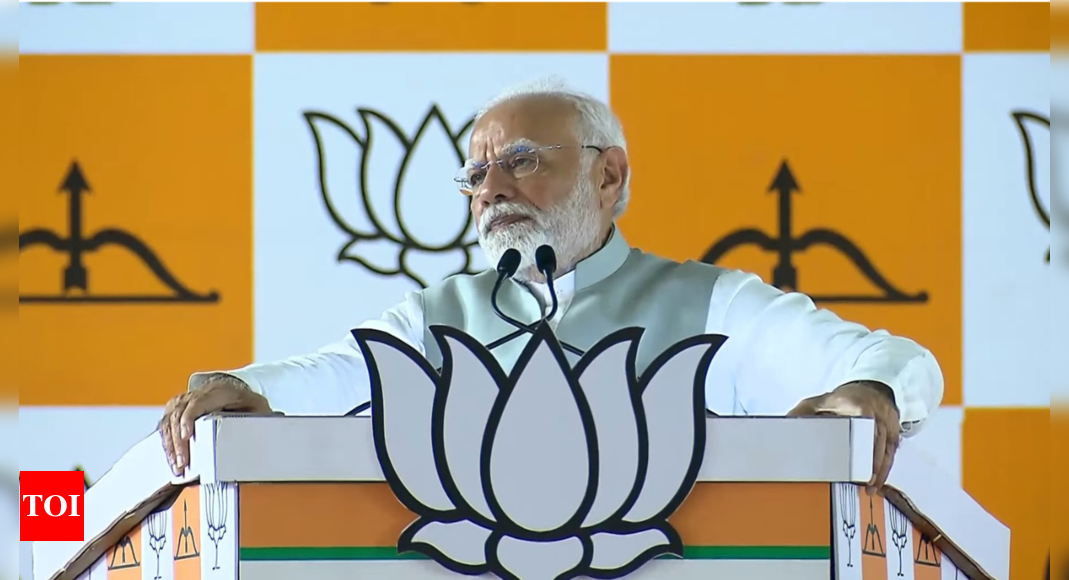
MUMBAI: Unknown possibly to many, just 48 hours after Donald Trump was formally declared presidential election winner, the US conducted on Nov 8 a flight test related to its nuclear weapons programme.
Los Alamos National Laboratory — one of the main centres of US nuclear weapons development — launched a payload code named Cyclone-1 to evaluate how new components and technologies behave when released by a missile and in a space environment.
The weapon-related payload was flown by Denver-based UP Aerospace’s SpaceLoft-20 rocket, and the lift-off was from Spaceport America in New Mexico.
“The primary mission of the laboratory is ensuring safety, security and reliability of the nation’s nuclear weapons stockpile,” Stephen Judd, Los Alamos’s mission manager has been quoted as saying to Los Alamos Daily Post. “To do this successfully requires flight testing to determine how things perform in environments similar to those experienced during a missile launch,” Judd added.
Significantly, the crucial test comes at a time when the US is upgrading its nuclear warheads and designing new ones.
According to Judd, flight testing allows for data gathering about how systems behave in various environments, such as different accelerations, pressures, velocities, and temperatures. Upon the rocket reaching its apogee — the point furthest from earth — the research payload was released and monitored by laboratory scientists through its descent back to Earth.
During this flight, an onboard telemetry system transmitted in-flight information regarding the payload’s performance and its functionality. The Los Alamos lab is preparing for another four launches between this year-end and mid-Sept 2025.







